(Page créée avec « • Save money, because toxic substance-free toothpaste generally costs around 5 euros a tube! ») |
(Page créée avec « As the 3 sources give different but complementary opinions and do not refer to the same essential oils, I would advise you to read all three before deciding to self-medica... ») |
||
| (32 révisions intermédiaires par le même utilisateur non affichées) | |||
| Ligne 25 : | Ligne 25 : | ||
• Save money, because toxic substance-free toothpaste generally costs around 5 euros a tube! | • Save money, because toxic substance-free toothpaste generally costs around 5 euros a tube! | ||
| − | {{Warning|Important : | + | {{Warning|Important: advice from the dentist}} |
| − | * | + | *This toothpaste does not contain fluoride, but is suitable for adults; fluoride-enriched toothpastes are intended for children. A balanced diet rich in fruit and vegetables provides sufficient fluoride once the enamel has stabilised. |
| − | * | + | *This toothpaste contains no surfactants or foaming agents, which are not essential for good cleaning (they may even be too abrasive and destabilise the oral flora). You can add some if it's important to you. For a local product, you can use saponified sunflower oil (no taste). |
| − | * | + | *It is recommended that you brush your teeth for about 3 minutes, at least once a day, but an unbalanced diet (especially one rich in acid, fat and sugar) will never be compensated for by the best toothpaste/brush. |
| − | * | + | *You may want to add ''whitening or antibacterial'' ingredients such as activated charcoal or bicarbonate. Be careful, though, as crystals can scratch enamel if used daily (bicarbonate is still useful and harmless when dissolved in water/salt). |
| − | * | + | *This recipe contains peppermint essential oil, which some aromatherapists and doctors advise against ingesting, especially for children, pregnant or breastfeeding women and people suffering from epilepsy. Be careful to check the risks associated with the essential oils you use, and opt for less aggressive ''aromas'' (e.g. hydrolats, plant powders). |
}} | }} | ||
{{TutoVideo | {{TutoVideo | ||
| Ligne 39 : | Ligne 39 : | ||
{{Materials | {{Materials | ||
|Step_Picture_00=Dentifrice_maison_20190622_TUTPS_COSMETIQUES_4_.JPG | |Step_Picture_00=Dentifrice_maison_20190622_TUTPS_COSMETIQUES_4_.JPG | ||
| − | |Material=*2 | + | |Material=*2 tablespoons of '''coconut oil (or any local oil)''' |
| − | *2 | + | *2 heaped tablespoons of white clay '''Kaolin (or white or green clay)''': antibacterial, protects enamel, absorbs toxins, gentle abrasive that removes plaque without scratching enamel. |
| − | *1/2 | + | *1/2 teaspoon '''bicarbonate of soda (dissolved in water or hydrolat to avoid scratching teeth)''' |
| − | *'' | + | *''Optional: 3-5 drops of '''Tea Tree''' essential oil: antibacterial'' |
| − | *'' | + | *''Optional: 3-5 drops of '''peppermint or lemon''' essential oil: for a refreshing taste'' |
| − | + | Remember: before using essential oils, check that they are not contraindicated for you, especially if ingested or in contact with the mucous membranes (mouth). Other fragrance options exist that are more suitable for everyone: hydrolats and plant powders. | |
| − | |Tools=* | + | |Tools=*A 30 cl glass jar |
| − | * | + | *A plastic funnel |
| − | * | + | *A standard soup spoon (for the coconut oil) |
| − | * | + | *A wooden or bamboo spoon (not metal) for the kaolin clay |
| − | * | + | *A wooden or bamboo (not metal) stirring rod |
}} | }} | ||
{{Tuto Step | {{Tuto Step | ||
| − | |Step_Title= | + | |Step_Title=Details of ingredients |
| − | |Step_Content=*''' | + | |Step_Content=*'''Coconut oil:''' Used here for its moisturising and antibacterial properties. |
| − | {{Warning| | + | {{Warning|Use sparingly! This product comes from far away (France) and therefore has a significant carbon footprint. What's more, coconuts are often harvested by monkeys, who are then held captive and mistreated. (See linked article)}} |
| − | *''' | + | *'''Sodium bicarbonate''' <u>food grade</u>: Used here for its whitening, abrasive action. It can be used for a multitude of purposes (cleaning product, deodorant, heartburn remover, teeth whitening...). Made from limestone and salt. May cause irritation in some people. Can be dissolved or replaced with white clay in this case. Expect to pay ~3-4 euros/kg |
| − | *''' | + | *'''Essential oils''' (Tea Tree, lemon, peppermint, etc.) for their antibacterial and refreshing properties. However, use them sparingly, as their manufacture [https://www.jedeviensecolo.fr/huiles-essentielles-le-faux-ami-ecolo/ consumes a lot of natural resources]. |
| − | *''' | + | *'''White Kaolin clay :''' widely used in oral care products, particularly for its abrasive properties, which help to eliminate bacteria. It will clean teeth while providing a whitening action. White kaolin clay is renowned for its purifying properties in mouth care products. It reduces inflammation and soothes sensitive gums. Approximately 10 euros/kg |
}} | }} | ||
{{Tuto Step | {{Tuto Step | ||
| − | |Step_Title= | + | |Step_Title=Toothpaste manufacture |
| − | |Step_Content=<br />{{Idea| | + | |Step_Content=<br />{{Idea|Powder version :}} |
| − | * | + | *Pour in the powdered clay (3 parts) and bicarbonate (1 or 0.5 parts). |
| − | * | + | *Mix with the essential oils (3 to 5 drops) or plant powders by shaking the jar or with a wooden tool (metal reacts with clay). |
| − | {{Idea| | + | {{Idea|Water & oil version :}} |
| − | * | + | *Dilute the bicarbonate in a little water or hydrosol (for fragrance). |
| − | * | + | *Pour in the clay and gently mix with the water/hydrolat, stirring with a wooden tool (metal reacts with clay). |
| − | * | + | *Add oil while stirring gently, if you're looking for a ‘soft’ texture that's less ‘compact’ in the mouth. |
| − | * | + | *Optional: if you don't want to use plant powder or hydrolat, add the essential oils last and mix well. |
| − | + | Make sure you follow the correct order of water and oil, otherwise you'll get lumps. | |
| − | {{Idea| | + | {{Idea|100 % oil version :}} |
| − | * | + | *Pour two tablespoons of coconut oil into a 30 cc glass jar. The jar should be about half full. |
| − | {{Info| | + | {{Info|If the coconut oil is solid, melt it in a bain-marie beforehand}} |
| − | * | + | *Add 3-5 drops of Tea Tree EO. |
| − | * | + | *Add 3-5 drops of peppermint or lemon EO. |
| − | * | + | *Add half a teaspoon of bicarbonate of soda. No more, as bicarbonate has abrasive properties that may not be pleasant in toothpaste. |
| − | * | + | *Add a large tablespoon of kaolin clay. Use a wooden or bamboo spoon, as metal cancels out the beneficial effects of the clay. You can use a funnel to make it easier to insert the clay into the jar. |
| − | * | + | *Stir with a wooden chopstick to mix the ingredients thoroughly. |
| − | * | + | *If the texture is too liquid, add more kaolin clay. If the texture is too dry, add a few drops of coconut oil. |
| − | <u> | + | <u>Notes:</u> |
| − | * | + | *The use of clay / kaolin clay is not compulsory, but it gives the toothpaste a pasty texture. Otherwise, it would have the texture of coconut oil, i.e. liquid in summer and solid in winter. |
| − | * | + | *We recommend using this toothpaste within a month. You can use small quantities and vary the taste (e.g. peppermint the first time, lemon the second time). |
| − | * | + | *You can use other essential oils (clove, orange, sage), but always check that the essential oil you are using is safe to drink. |
<br /> | <br /> | ||
| Ligne 105 : | Ligne 105 : | ||
}} | }} | ||
{{Notes | {{Notes | ||
| − | |Notes=- | + | |Notes=- List of harmful products contained in toothpastes: https://fr.davidsuzuki.org/mode-de-vie/fabriquer-propre-dentifrice/ |
| − | - | + | - The UFC Que Choisir (consumer protection association) guide to toothpaste and other hygiene, beauty and household products: https://www.quechoisir.org/guide-d-achat-dentifrice-n6381/ |
https://www.quechoisir.org/dossier-ingredients-indesirables-t375/ | https://www.quechoisir.org/dossier-ingredients-indesirables-t375/ | ||
| − | - | + | - Coconut oil, the harvest behind the scenes: https://lacoquetteethique.com/protection-animale/huile-de-coco-ecologie-vegan/ |
| − | - Impact | + | - Impact of the manufacture of essential oils: https://www.jedeviensecolo.fr/huiles-essentielles-le-faux-ami-ecolo/ |
| − | - | + | - Properties of Kaolin white clay: https://www.compagnie-des-sens.fr/argile-blanche-kaolin/ |
| − | - | + | - Essential oils |
| − | -> | + | -> peppermint (risks) : |
| − | |||
| − | |||
| − | |||
| − | |||
| − | -> | + | * https://plante-essentielle.com/huile-essentielle-menthe-poivree/ |
| + | * https://www.compagnie-des-sens.fr/huile-essentielle-menthe-poivree/ | ||
| + | * https://www.compagnie-des-sens.fr/hydrolat-menthe-poivree/ | ||
| + | *https://www.compagnie-des-sens.fr/hydrolat-menthe-verte/ -> specific sources for pregnant and breastfeeding women and children aged 3-6 years : | ||
| − | + | -> recommendations for pregnant and breastfeeding women and children aged 3-6 : | |
| − | |||
| − | |||
| − | + | *A thesis by a Doctor of Pharmacy "[https://dumas.ccsd.cnrs.fr/dumas-00862151/document Essential oils with officine: dangers for pregnant women and newborn babies]" by David Cohen. | |
| + | *A guide written by Compagnie des sens: https://www.compagnie-des-sens.fr/huiles-essentielles-grossesse/ | ||
| + | *An easy-to-read article by Plante Essentielle: https://plante-essentielle.com/femme-enceinte-et-huiles-essentielles-interdites/ | ||
| + | |||
| + | As the 3 sources give different but complementary opinions and do not refer to the same essential oils, I would advise you to read all three before deciding to self-medicate. The safest thing to do is to ask a doctor and only use suitable products under the prescribed conditions. | ||
}} | }} | ||
{{PageLang | {{PageLang | ||
Version actuelle datée du 24 juillet 2024 à 15:18
Description
A recipe for healthy, economical and environmentally-friendly homemade toothpaste.
Introduction
We suggest you make your own toothpaste.
By making this simple gesture, you are helping to :
• Avoid plastic microbeads, which can contain toxic substances such as phthalates and bisphenol-A (BPA), which can leach into the water AND be ingested by fish and birds.
• Avoid triclosan (an antibacterial), which can disrupt the endocrine system, promote antibiotic resistance in certain bacteria AND harm fish and other fauna and flora.
• Avoid sodium lauryl sulphate (SDS), a foaming agent found in many commercial toothpastes that may also be contaminated with 1,4-dioxane, a carcinogen. Avoid a new scandal in the world of cosmetics, like that of microbeads or baby talc, which are carcinogenic.
• Save money, because toxic substance-free toothpaste generally costs around 5 euros a tube!
- This toothpaste does not contain fluoride, but is suitable for adults; fluoride-enriched toothpastes are intended for children. A balanced diet rich in fruit and vegetables provides sufficient fluoride once the enamel has stabilised.
- This toothpaste contains no surfactants or foaming agents, which are not essential for good cleaning (they may even be too abrasive and destabilise the oral flora). You can add some if it's important to you. For a local product, you can use saponified sunflower oil (no taste).
- It is recommended that you brush your teeth for about 3 minutes, at least once a day, but an unbalanced diet (especially one rich in acid, fat and sugar) will never be compensated for by the best toothpaste/brush.
- You may want to add whitening or antibacterial ingredients such as activated charcoal or bicarbonate. Be careful, though, as crystals can scratch enamel if used daily (bicarbonate is still useful and harmless when dissolved in water/salt).
- This recipe contains peppermint essential oil, which some aromatherapists and doctors advise against ingesting, especially for children, pregnant or breastfeeding women and people suffering from epilepsy. Be careful to check the risks associated with the essential oils you use, and opt for less aggressive aromas (e.g. hydrolats, plant powders).
Youtube
Matériaux
- 2 tablespoons of coconut oil (or any local oil)
- 2 heaped tablespoons of white clay Kaolin (or white or green clay): antibacterial, protects enamel, absorbs toxins, gentle abrasive that removes plaque without scratching enamel.
- 1/2 teaspoon bicarbonate of soda (dissolved in water or hydrolat to avoid scratching teeth)
- Optional: 3-5 drops of Tea Tree essential oil: antibacterial
- Optional: 3-5 drops of peppermint or lemon essential oil: for a refreshing taste
Remember: before using essential oils, check that they are not contraindicated for you, especially if ingested or in contact with the mucous membranes (mouth). Other fragrance options exist that are more suitable for everyone: hydrolats and plant powders.
Outils
- A 30 cl glass jar
- A plastic funnel
- A standard soup spoon (for the coconut oil)
- A wooden or bamboo spoon (not metal) for the kaolin clay
- A wooden or bamboo (not metal) stirring rod
Étape 1 - Details of ingredients
- Coconut oil: Used here for its moisturising and antibacterial properties.
- Sodium bicarbonate food grade: Used here for its whitening, abrasive action. It can be used for a multitude of purposes (cleaning product, deodorant, heartburn remover, teeth whitening...). Made from limestone and salt. May cause irritation in some people. Can be dissolved or replaced with white clay in this case. Expect to pay ~3-4 euros/kg
- Essential oils (Tea Tree, lemon, peppermint, etc.) for their antibacterial and refreshing properties. However, use them sparingly, as their manufacture consumes a lot of natural resources.
- White Kaolin clay : widely used in oral care products, particularly for its abrasive properties, which help to eliminate bacteria. It will clean teeth while providing a whitening action. White kaolin clay is renowned for its purifying properties in mouth care products. It reduces inflammation and soothes sensitive gums. Approximately 10 euros/kg
Étape 2 - Toothpaste manufacture
- Pour in the powdered clay (3 parts) and bicarbonate (1 or 0.5 parts).
- Mix with the essential oils (3 to 5 drops) or plant powders by shaking the jar or with a wooden tool (metal reacts with clay).
- Dilute the bicarbonate in a little water or hydrosol (for fragrance).
- Pour in the clay and gently mix with the water/hydrolat, stirring with a wooden tool (metal reacts with clay).
- Add oil while stirring gently, if you're looking for a ‘soft’ texture that's less ‘compact’ in the mouth.
- Optional: if you don't want to use plant powder or hydrolat, add the essential oils last and mix well.
Make sure you follow the correct order of water and oil, otherwise you'll get lumps.
- Pour two tablespoons of coconut oil into a 30 cc glass jar. The jar should be about half full.
- Add 3-5 drops of Tea Tree EO.
- Add 3-5 drops of peppermint or lemon EO.
- Add half a teaspoon of bicarbonate of soda. No more, as bicarbonate has abrasive properties that may not be pleasant in toothpaste.
- Add a large tablespoon of kaolin clay. Use a wooden or bamboo spoon, as metal cancels out the beneficial effects of the clay. You can use a funnel to make it easier to insert the clay into the jar.
- Stir with a wooden chopstick to mix the ingredients thoroughly.
- If the texture is too liquid, add more kaolin clay. If the texture is too dry, add a few drops of coconut oil.
Notes:
- The use of clay / kaolin clay is not compulsory, but it gives the toothpaste a pasty texture. Otherwise, it would have the texture of coconut oil, i.e. liquid in summer and solid in winter.
- We recommend using this toothpaste within a month. You can use small quantities and vary the taste (e.g. peppermint the first time, lemon the second time).
- You can use other essential oils (clove, orange, sage), but always check that the essential oil you are using is safe to drink.
Notes et références
- List of harmful products contained in toothpastes: https://fr.davidsuzuki.org/mode-de-vie/fabriquer-propre-dentifrice/
- The UFC Que Choisir (consumer protection association) guide to toothpaste and other hygiene, beauty and household products: https://www.quechoisir.org/guide-d-achat-dentifrice-n6381/
https://www.quechoisir.org/dossier-ingredients-indesirables-t375/
- Coconut oil, the harvest behind the scenes: https://lacoquetteethique.com/protection-animale/huile-de-coco-ecologie-vegan/
- Impact of the manufacture of essential oils: https://www.jedeviensecolo.fr/huiles-essentielles-le-faux-ami-ecolo/
- Properties of Kaolin white clay: https://www.compagnie-des-sens.fr/argile-blanche-kaolin/
- Essential oils
-> peppermint (risks) :
- https://plante-essentielle.com/huile-essentielle-menthe-poivree/
- https://www.compagnie-des-sens.fr/huile-essentielle-menthe-poivree/
- https://www.compagnie-des-sens.fr/hydrolat-menthe-poivree/
- https://www.compagnie-des-sens.fr/hydrolat-menthe-verte/ -> specific sources for pregnant and breastfeeding women and children aged 3-6 years :
-> recommendations for pregnant and breastfeeding women and children aged 3-6 :
- A thesis by a Doctor of Pharmacy "Essential oils with officine: dangers for pregnant women and newborn babies" by David Cohen.
- A guide written by Compagnie des sens: https://www.compagnie-des-sens.fr/huiles-essentielles-grossesse/
- An easy-to-read article by Plante Essentielle: https://plante-essentielle.com/femme-enceinte-et-huiles-essentielles-interdites/
As the 3 sources give different but complementary opinions and do not refer to the same essential oils, I would advise you to read all three before deciding to self-medicate. The safest thing to do is to ask a doctor and only use suitable products under the prescribed conditions.
Published
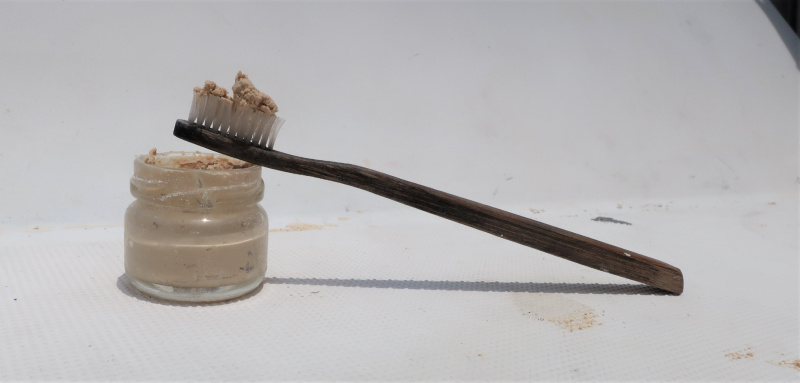
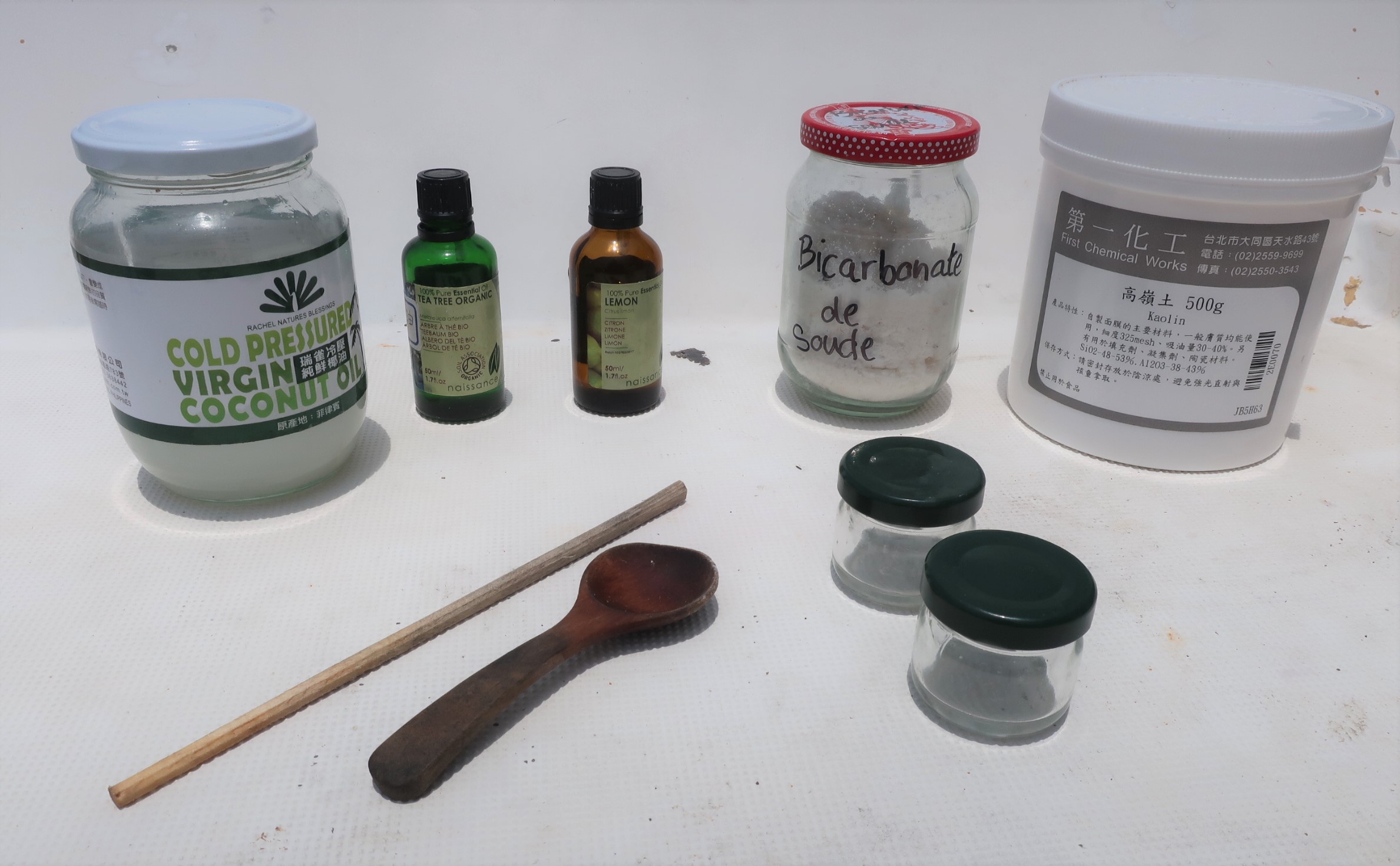
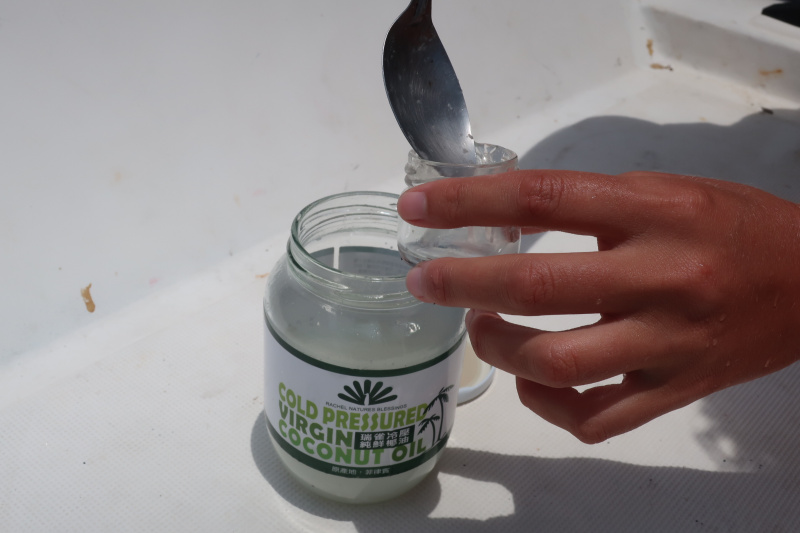
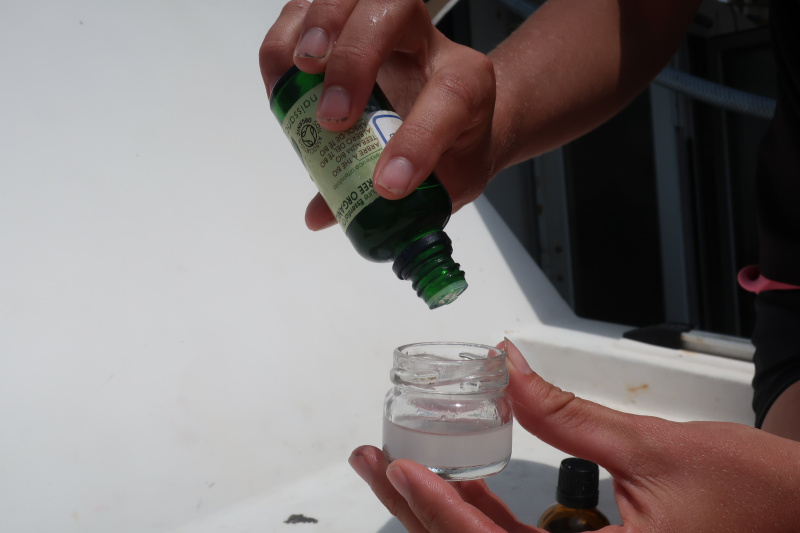
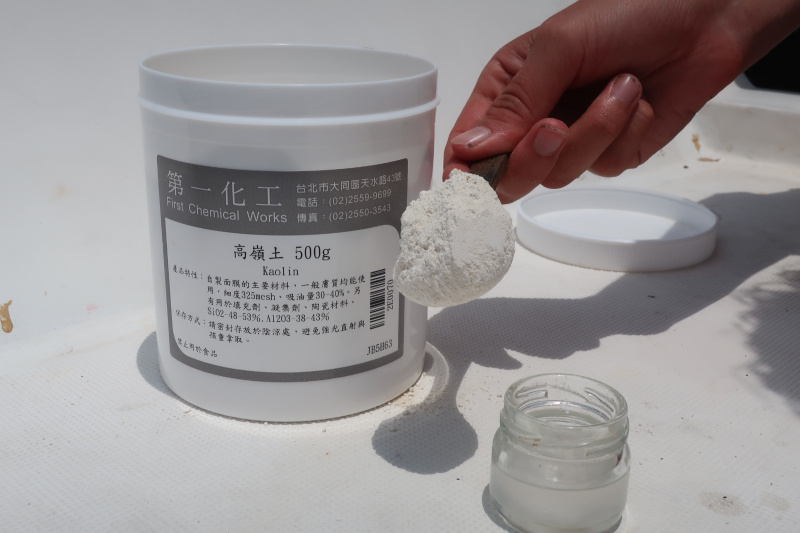
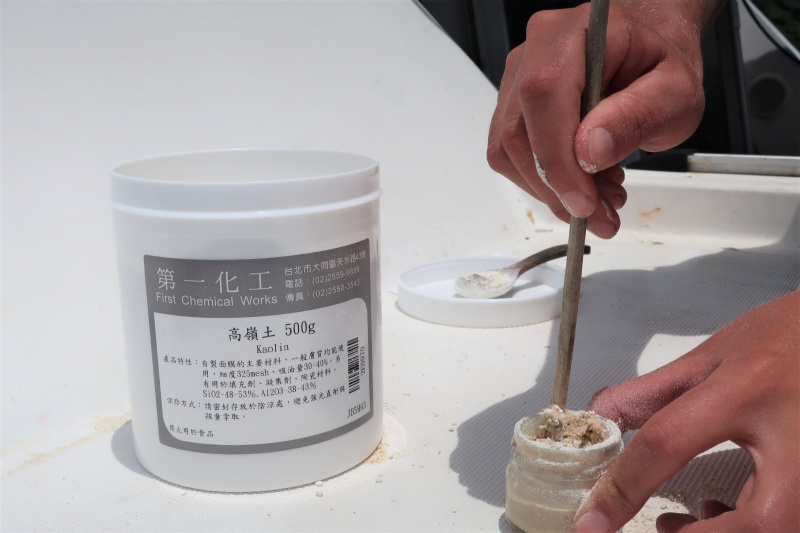
 Français
Français English
English Deutsch
Deutsch Español
Español Italiano
Italiano Português
Português